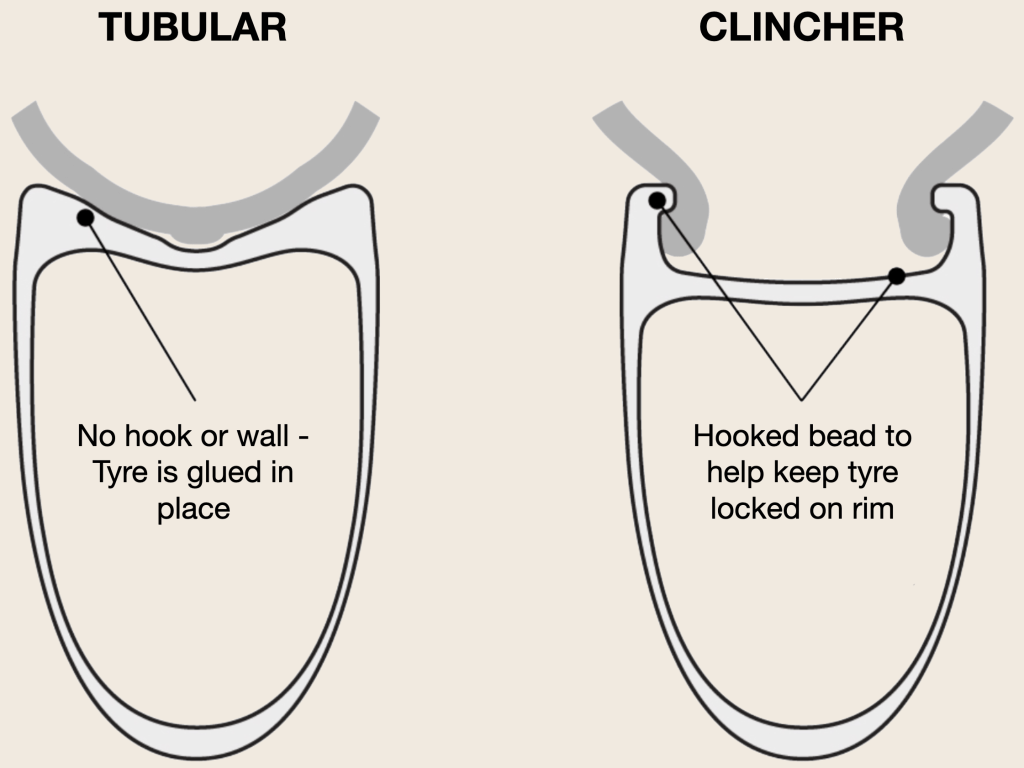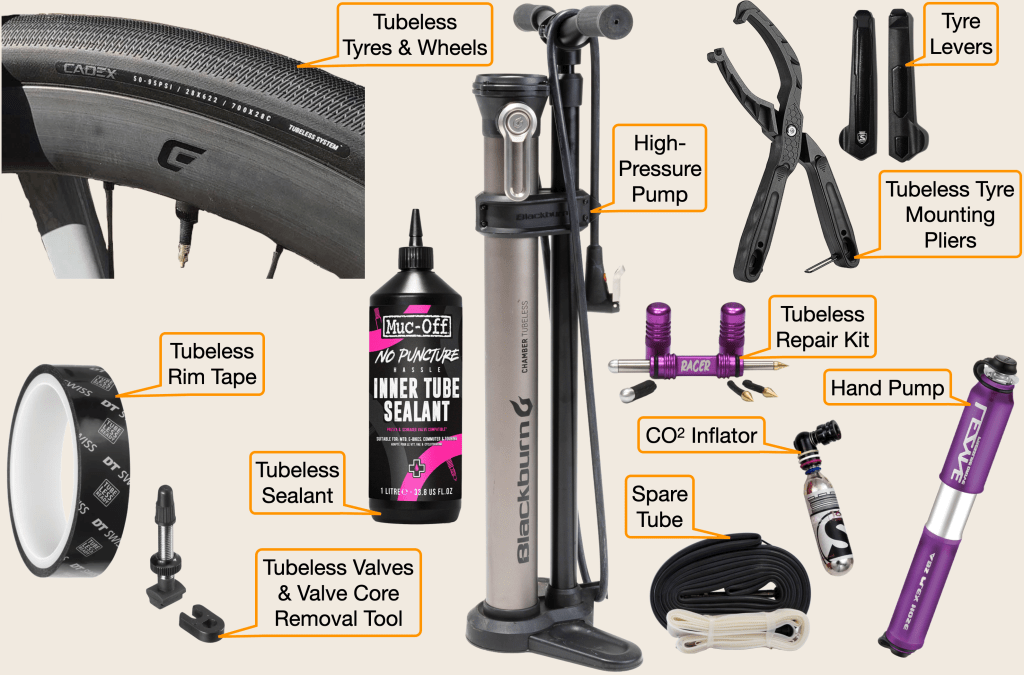
I first encountered a Decathlon store in France in 2002. I had not seen a store selling equipment for multiple sports before. An innovation that founder Michel Leclercq introduced to sports retailing at his first store in Lille in 1976. Today, Decathlon is the largest sporting goods retailer in the world, with 1,700 stores in 70 countries and regions.
Decathlon opened its first store in Malaysia in 2016. There are 16 Decathlon stores in the country today, including the largest Decathlon store in Southeast Asia. That store in Shah Alam has a 2-floor, 5,000 sqm sales area with 230,000 products from 60 sports.
Decathlon was not a brand I associated with high-quality bicycles and cycling gear. I thought of Decathlon as a big-box retailer selling budget bikes. That changed in November 2023 when Decathlon was announced as the co-title sponsor of French WorldTour team AG2R in a five-year deal. The team will be called Decathlon–AG2R La Mondiale. Decathlon has also replaced BMC as the team’s bike supplier. The team uses Decathlon’s in-house designed and assembled Van Rysel bikes, the RCR Pro road bike and the XCR time-trial bike.
Van Rysel developed three new helmets for the Decathlon–AG2R La Mondiale team. The RCR, the FCR, and the XCR. Complementing the helmets are the Perf 900 and Perf 900 Light sunglasses.
I needed a replacement for a Knog Plus light. I clip these lights onto a jersey pocket and sock to make me more noticeable at night. The red one no longer holds a charge. These lights are sold on the KNOG website as a pair for USD34.95 / MYR167 at the current exchange rate.
There is a Decathlon store in the city centre. It occupies the entire first floor in Shoppes at Four Seasons Place. Despite the AG2R La Mondiale connection, Decathlon doesn’t immediately come to my mind as a place to buy cycling gear. But having had a good experience with the arm screens I found there, I went to look for reasonably priced clip-on lights.

The Decathlon Malaysia website lists 679 products in its Home > Sports > Cycling section. Among those products are 6 types of bicycles, tools, lubricants, apparel, reflective wear, components, lights, and panniers. The list goes on and on. I suspect most of those items are available in the extensive bicycle section at the Decathlon store in the Shoppes at Four Seasons Place.

The same website shows 24 bicycle lights. Most of those are on display in-store. I wanted a light with flashing patterns and a clip. The Elops LED Front/Rear USB Bike Light CL 900 ticked those boxes. Elops is one of Decathlon’s in-house cycling brands. Others include Btwin, Rockrider, Triban and, of course, Van Rysel.
The CL 900 has 3 white modes and 2 red modes. I will use the 17-lumen red flash mode. Battery life is a claimed 9 hours in red flash mode. The clip is sturdy and secure. The CL 900 also comes with an elastic fastener to attach the light to a handlebar or other item that needs a looped fastener.
At MYR79 / USD16.65, the CL 900 is a good value. It does what I want, and it does those things well.
I have a new-found respect for Decathlon as a purveyor of bicycles and cycling accessories. Certainly worth considering for clothing and accessories like base layers and jerseys. The prices are certainly competitive.
The price of this Van Rysel base layer is ¼ of what other cycling apparel brands are asking. The usual cost of this Van Rysel jersey is at least 50% cheaper than other premium brands. The sale price is a steal.
I’ll be checking out Decathlon’s cycling gear offerings from now on.












